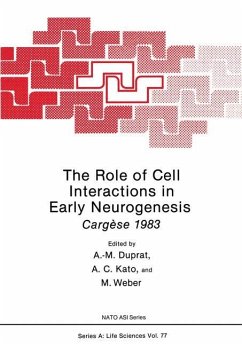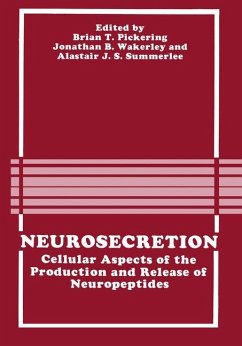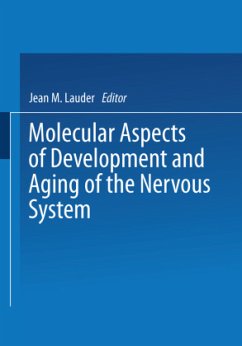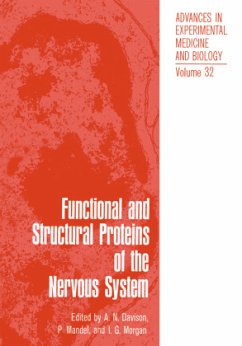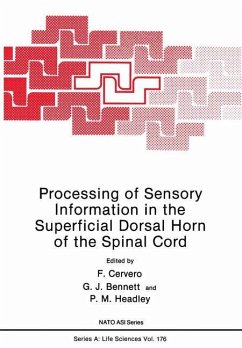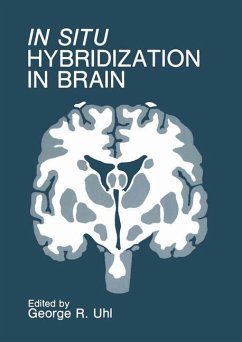
In Situ Hybridization in Brain

PAYBACK Punkte
20 °P sammeln!
The explosion of interest in specific molecules important for brain function and dysfunction has drawn individuals from diverse backgrounds toward the use of in situ hybridization techniques. Study of the brain demands the anatomic precision and biochemical specificity that this approach can potentially bring. Workers with backgrounds in peptide neuroanatomy, neuropharmacology, molecular biology, neurovirology, neuropathology, and neurophysiology have joined together in this volume to discuss their initial experiences in applying ill situ hybridization techniques to the study of the brain. The...
The explosion of interest in specific molecules important for brain function and dysfunction has drawn individuals from diverse backgrounds toward the use of in situ hybridization techniques. Study of the brain demands the anatomic precision and biochemical specificity that this approach can potentially bring. Workers with backgrounds in peptide neuroanatomy, neuropharmacology, molecular biology, neurovirology, neuropathology, and neurophysiology have joined together in this volume to discuss their initial experiences in applying ill situ hybridization techniques to the study of the brain. The work, although still in an early phase of development, is worthy of initial summary and dissemination. In the area of neuropeptide gene expression alone, investigators represented here describe studies of vasopressin, opiate peptides, oxytocin, vasoactive intestinal peptide, cholecystokinin, and somatostatin. Other contributions provide insight into applications of the technique to studies of the expression of genes for neurotransmitter synthesizing enzymes, viral-encoded genes, trophic factor genes, and the genes selected on the basis of their special roles in the brain. The authors provide an important series of technical perspectives, and describe specific experimental protocols. This volume should be of interest to individuals seeking an introduction to these methods, as well to those desiring an up to date precis of work in this burgeoning area. Dr. Uhl, with the sponsorship of the Howard Hughes Medical Institute, has done a superb job of assembling the leaders in this area, and in organizing the presen ta tion of their perspecti ves herein. Joseph B. Martin, M.D., Ph.D.






